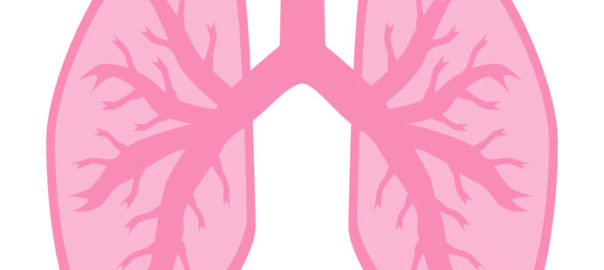Scientists Grow New Trachea from Stem Cells

Stem cell research is breaking new ground and making the transition from the lab to the real world. Scientists have succeeded in growing a new trachea from a patient’s stem cells and transplanting it back to replace a diseased windpipe. The breakthrough could hold new hope for patients battling serious medical conditions such as heart disease and diabetes type 1.
One day after he was born, a little boy’s lungs collapsed and he was diagnosed with tracheal stenosis, a life-threatening condition that makes it difficult to breathe. At merely a few days old, this baby underwent major surgery and had to be operated on again at age 2, spending months in the hospital when a metal stent was inserted to hold the windpipe open.
In 2010, the now 11-year-old Ciaran Finn-Lynch received the first stem cell trachea transplant at the Great Ormond Street Hospital in London. Two years on, the organ had become stronger and the 13-year-old was not showing any signs of rejecting the transplanted trachea. Because the organ was constructed from the patient’s own stem cells, he did not require any anti-rejection therapy and continued to breathe normally and thrive, gaining an impressive 11 cm in height.
The procedure involved using a donor trachea from an Italian man and stripping it down to a collagen framework. The patient’s own stem cells were then collected from the bone marrow, isolated, and applied to the donor trachea, which was then implanted back into the boy’s neck. The growth of the transplanted organ was kickstarted by applying biopsied epithelial (lining) cells to the new graft.
Cell growth stimulators known as cytokines were injected into the graft to promote growth and differentiation of the stem cells into a specialized trachea. The patient also received G-CSG, granulocyte colony-stimulating factor, to support cell growth.
This was the first operation of its kind in a child. Doctors also inserted a biodegradable stent into the airway to support the trachea while it grew over the next six months. Two years on, although the windpipe was not as rigid as a healthy trachea, it was allowing the boy to lead a normal life and attend school. Over time, doctors expected the trachea would continue to get stronger.
The innovative treatment utilized a novel mix of techniques. To save time, the stem cells were not multiplied in the laboratory; rather they were allowed to grow in the patient’s body. The success of this case has prompted scientists to further study deliberate stem cell growth in the body rather than in the laboratory.
The trachea is a relatively simple organ to engineer. More complex organs such as the intestines or heart will require more time and further research. Scientists believe the stem cells found in amniotic fluid could be used to engineer more complex organs.
References:
- http://www.bbc.co.uk/programmes/p03s8cjh
- https://www.gosh.nhs.uk/news/latest-press-releases/2012-press-release-archive/first-child-receive-stem-cell-trachea-transplant-doing-well-after-two-years


